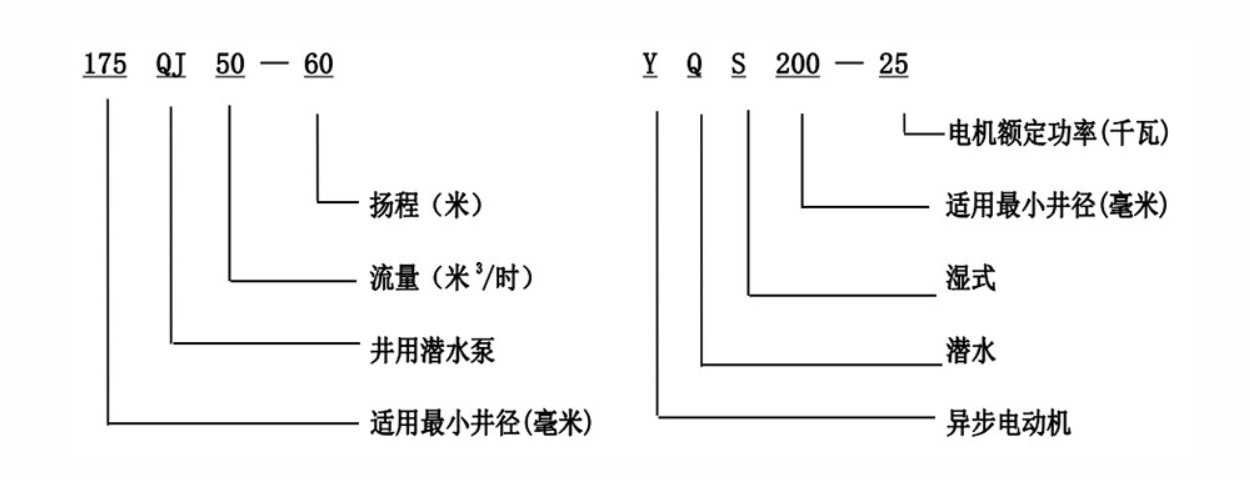Oct . 17, 2024 07:50 Back to list
submersible vs jet pump
Submersible Pumps vs. Jet Pumps A Comprehensive Comparison
Pumping systems play a crucial role in various applications such as irrigation, water supply, and industrial processes. Two common types of pumps used for drawing water from wells or other sources are submersible pumps and jet pumps. Each of these pumps has unique features, advantages, and limitations, making them suitable for different situations. This article provides an in-depth comparison of submersible pumps and jet pumps to help you make an informed decision based on your specific needs.
Submersible Pumps Overview
Submersible pumps, as the name suggests, are designed to be submerged in the fluid they are pumping. These pumps are hermetically sealed and typically consist of a motor that drives the pump impeller, which creates a vacuum that draws water into the pump. They are commonly used in deep well applications and are favored for their efficiency and ability to handle varying flow rates.
Advantages of Submersible Pumps 1. Efficiency Submersible pumps are generally more energy-efficient than their jet counterparts. They can operate with lower energy consumption, particularly in deep well installations. 2. Low Maintenance Since submersible pumps are sealed and submerged, they are less exposed to environmental factors, leading to reduced wear and extended lifespan. 3. Quiet Operation These pumps operate quietly because they are submerged in water, which dampens noise levels significantly. 4. Higher Flow Rates Submersible pumps can handle higher flow rates and are suitable for deep well applications, providing an excellent choice for deep groundwater extraction.
Limitations of Submersible Pumps 1. Installation Challenges Submersible pumps require professional installation, as they need to be carefully lowered into the well. 2. Cost They tend to be more expensive upfront compared to jet pumps, though the long-term savings on energy costs may offset this initial expense.
submersible vs jet pump

Jet Pumps Overview
Jet pumps function a bit differently; they are mounted above ground and use a jet of water to create a vacuum, which pulls water from the well or source through a pipe. These pumps are often used for shallow well applications and can also be used in deep well applications with additional components, such as a jet assembly.
Advantages of Jet Pumps 1. Cost-Effective Jet pumps are generally less expensive to purchase and install than submersible pumps, making them a popular choice for homeowners. 2. Accessibility Since they are mounted above ground, jet pumps are easier to access for maintenance and repairs. 3. Versatility Jet pumps can work in both shallow and deep well applications (with the proper configuration), giving them a broader range of use.
Limitations of Jet Pumps 1. Less Efficient Jet pumps are typically less energy-efficient and often consume more power compared to submersible pumps, especially in deep installations. 2. Frequent Maintenance These pumps are more exposed to environmental elements, which can lead to increased wear and tear, requiring more frequent maintenance. 3. Noise Jet pumps can be noisier than submersible pumps, as the motor is above ground and not submerged.
Conclusion
Ultimately, the choice between a submersible pump and a jet pump largely depends on the specific needs of your application. If you require efficient water pumping from deep wells and can invest in initial costs, a submersible pump may be the best option. Conversely, if you have a shallower water source and are looking for a more cost-effective and accessible solution, a jet pump could be a suitable choice. Understanding the pros and cons of each type will guide you in selecting the most appropriate pump for your needs.
-
Water Pumps: Solutions for Every Need
NewsJul.30,2025
-
Submersible Well Pumps: Reliable Water Solutions
NewsJul.30,2025
-
Stainless Steel Water Pumps: Quality and Durability
NewsJul.30,2025
-
Powerful Water Pumps: Your Solution for Efficient Water Management
NewsJul.30,2025
-
Oil vs Water Filled Submersible Pumps: Which is Better?
NewsJul.30,2025
-
Deep Well Pumps: Power and Reliability
NewsJul.30,2025
-
 Water Pumps: Solutions for Every NeedWhen it comes to handling dirty water, the dirty water pump is a must-have.Detail
Water Pumps: Solutions for Every NeedWhen it comes to handling dirty water, the dirty water pump is a must-have.Detail -
 Submersible Well Pumps: Reliable Water SolutionsWhen it comes to ensuring a reliable water supply, submersible well pumps are a top choice.Detail
Submersible Well Pumps: Reliable Water SolutionsWhen it comes to ensuring a reliable water supply, submersible well pumps are a top choice.Detail -
 Stainless Steel Water Pumps: Quality and DurabilityWhen it comes to choosing a water pump, the stainless steel water pump price is a crucial factor.Detail
Stainless Steel Water Pumps: Quality and DurabilityWhen it comes to choosing a water pump, the stainless steel water pump price is a crucial factor.Detail
